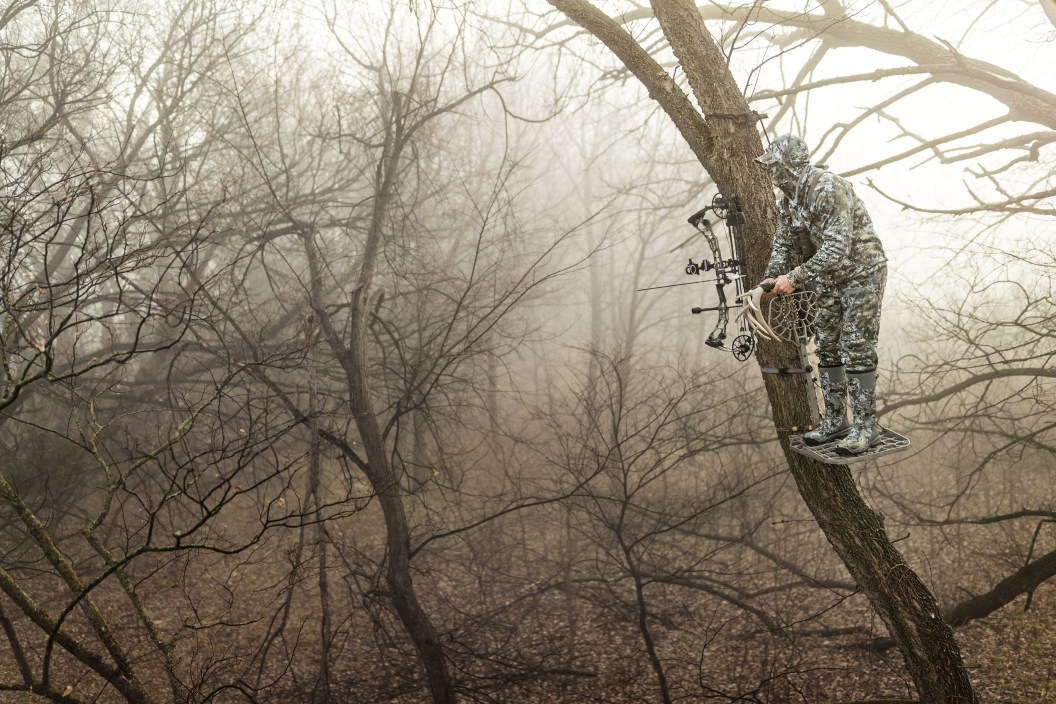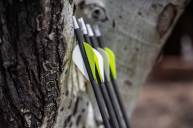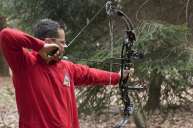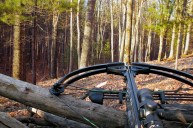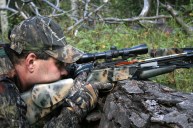Bow season is the best time of the year for many hunters. In states with short firearm seasons, it offers a chance for eager hunters to get out into the woods even sooner—and provides an extreme challenge that requires them to get up close and personal with big bucks. But along with that challenge come some risks and dangers. Your bowhunting gear is tuned and ready—but before you get out in the field, it's important to remember a few keys to bowhunting safely.
Though bows have a much shorter range than modern rifles, they are still extremely dangerous weapons. Hunting with a bow requires special care. In fact, some bowhunters (myself included) will tell you that there's a lot more that can go wrong when hunting with a bow rather than a rifle. Every year, bowhunters are injured and killed from treestand falls, bow malfunctions, and accidentally stabbing themselves with a sharp arrow. Some hunters are even injured by arrow ricochets or downed deer that are still alive.
I have had a few close calls and plenty of broken arrows during many years of bowhunting. I wanted to take that experience and wrap it into a single article that explains what to do—and what not to do—in the woods when you have a bow in your hands.
Above all, you should pay extra attention to what you're doing and be mindful of your bow equipment. Now, let's get into the specific safety tips for bowhunting.
1. Inspect Your Bow During the Season
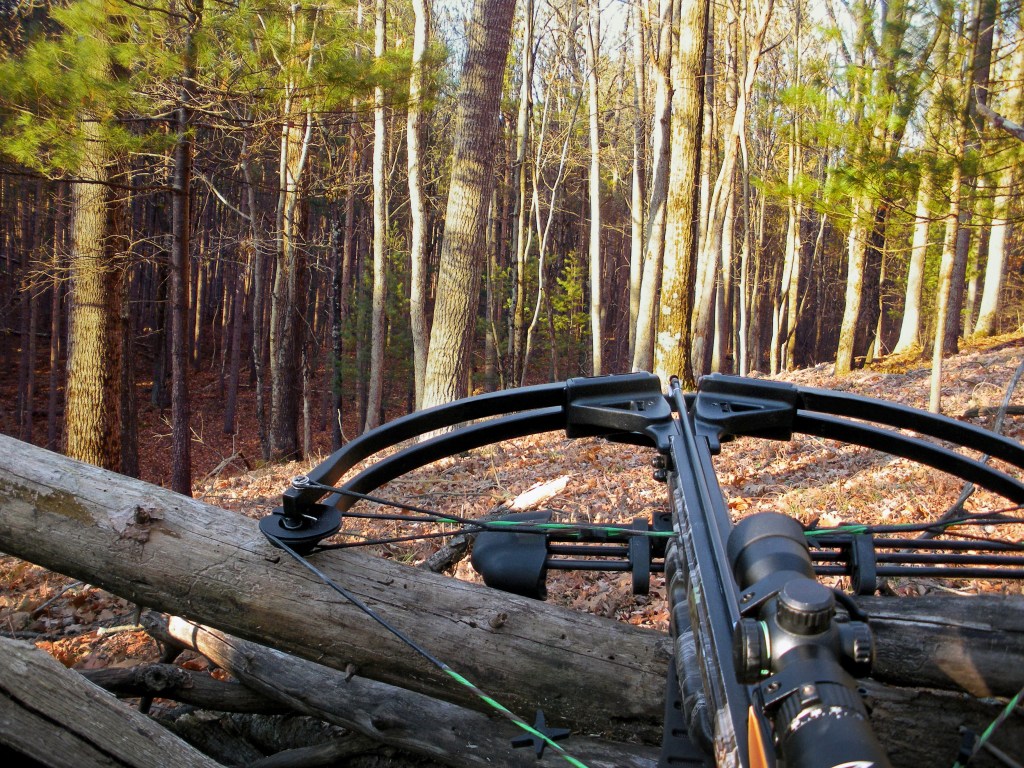
Getty Images, liveslow
Modern bows have an incredible amount of power because they are under a large amount of tension. The worst horror story you hear about bowhunting is that the bow "exploded" mid-shot. This usually only happens if your bow is damaged, and it is highly avoidable if you pay attention to your equipment.
You can break a bow down into three basic parts: the riser, the metal part of the bow that you hold; the limbs and cams, which are responsible for physically bending and applying tension; and the bow string, where the tension is applied. Most of the malfunctions you see are in the bow limbs, which can splinter and break if they are damaged. Your string can also break if it has any nicks or frays.
So before you start using your bow every weekend, go over it—really well. Check your limbs for cracks or any damage, and inspect your string thoroughly. If everything looks right, try your first shot of the year and make sure everything sounds right. If the bow sounds like it is binding or grinding somewhere, something could be wrong. If you do find something wrong, you should take your bow to a credible bow shop and have a professional look over it. While you are there, get your bow tuned, and you will definitely be ready for the season.
2. Inspect Your Arrows, Every Time
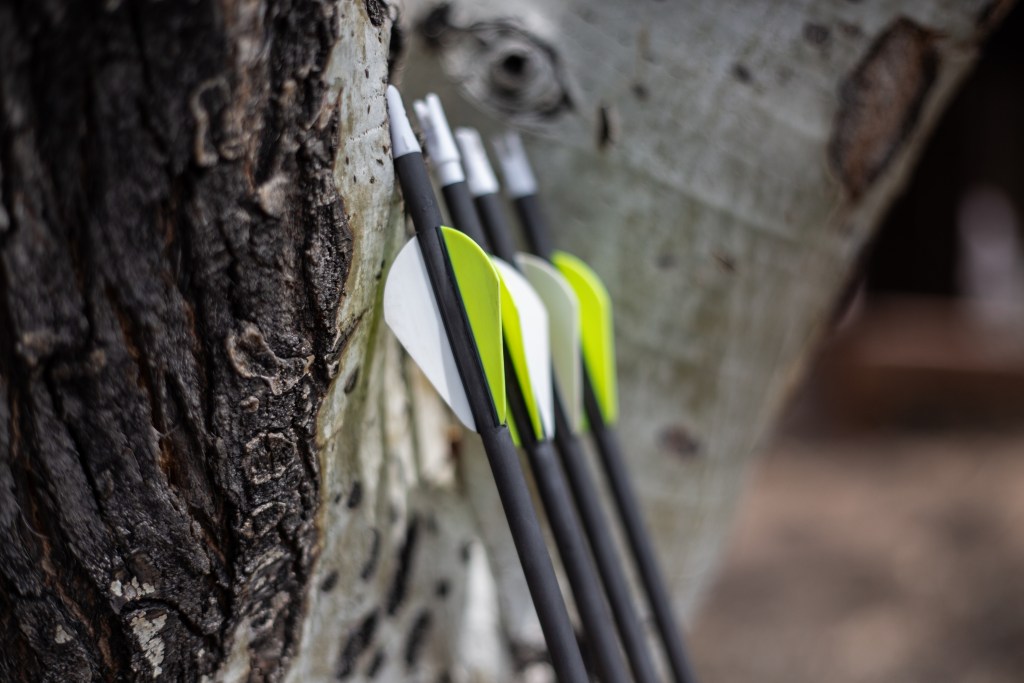
Getty Images, Andrea Kessler
After you know your bow is good, you should look over your arrows. Nowadays, carbon fiber arrows are a bit tougher than the aluminum arrows hunters used to use. Still, carbon fiber arrows break all the time. When an arrow does break, the best-case scenario is that it completely breaks on the target.
The danger is when an arrow barely breaks and you don't notice it. If an arrow cracks, and you fire it again, it could completely splinter. Best case, it doesn't fly correctly; worst case, you're in pain and on the way to the hospital. Before you shoot an arrow, always look over it and make sure it looks right.
One thing that I do is slightly bend the arrow and listen for any cracks. Don't bend it too much, or you will break it yourself. A slight bend will usually expose a crack. This is also a good time to make sure your broadhead or field point is screwed all the way in. I don't have issues with my broadheads, but my field points tend to come loose after a few shots in the yard.
3. Wear a Safety Harness
Any hunter who is hunting out of a tree should wear a safety harness. This is especially true for bowhunters. If you are using a rifle, you only need to worry about the actual fall, because your rifle isn't likely to go off when it falls. Bowhunters are likely to fall with their bow and quiver—so it's not just 20 feet to the ground but also four to six arrows with razor blades that await you. There is obviously a large risk of one of those arrows sticking in you, which could absolutely be lethal in the worst-case scenario. A good safety harness solves that problem and is a best practice for any hunter.
4. Use a Pull Rope to Get Your Bow into Your Stand
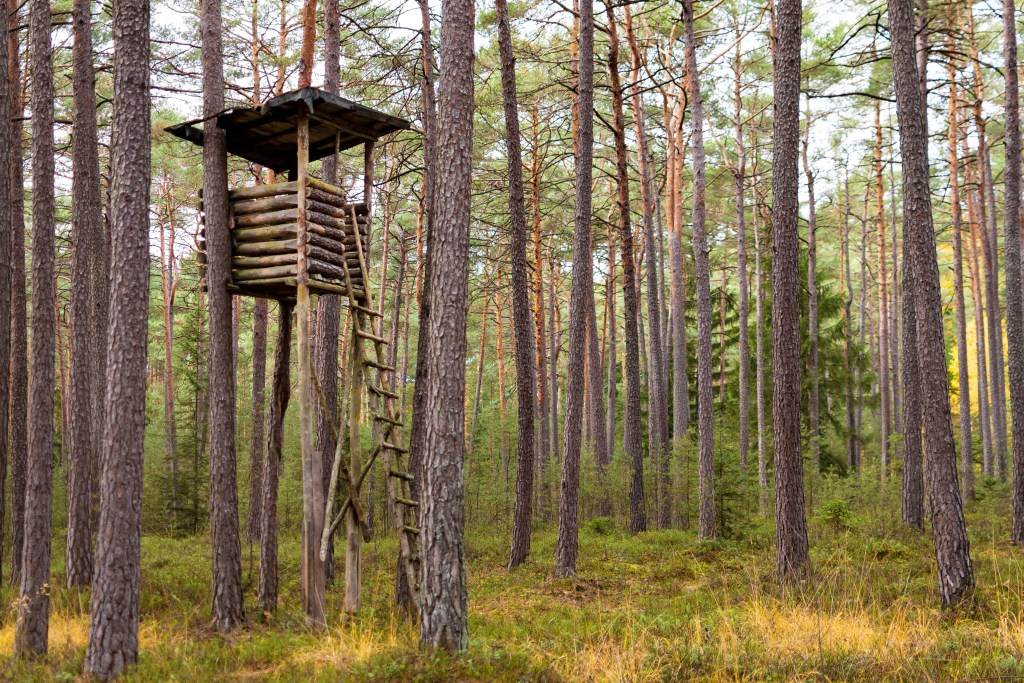
Getty Images, Markus Schroth
Regardless of treestand type, most hunters' falls from treestands happen on the climb up and the climb down. Again, you don't want to worry about falling on your arrows—and climbing is much more difficult while you're holding your bow. Instead, leave your bow on the ground, climb the tree, then hoist your bow up on a simple pull rope.
For many years, I have used a simple length of paracord with a carabiner on each side as a pull rope. I made the whole thing for a couple of dollars at Walmart. Loop one end of your rope around your top bow cam a couple of times (not just once, in case it slips) and put the other carabiner around your belt loop. When you get done climbing the tree, just pull your bow up and you are ready to go.
5. Be Mindful of Your Quiver
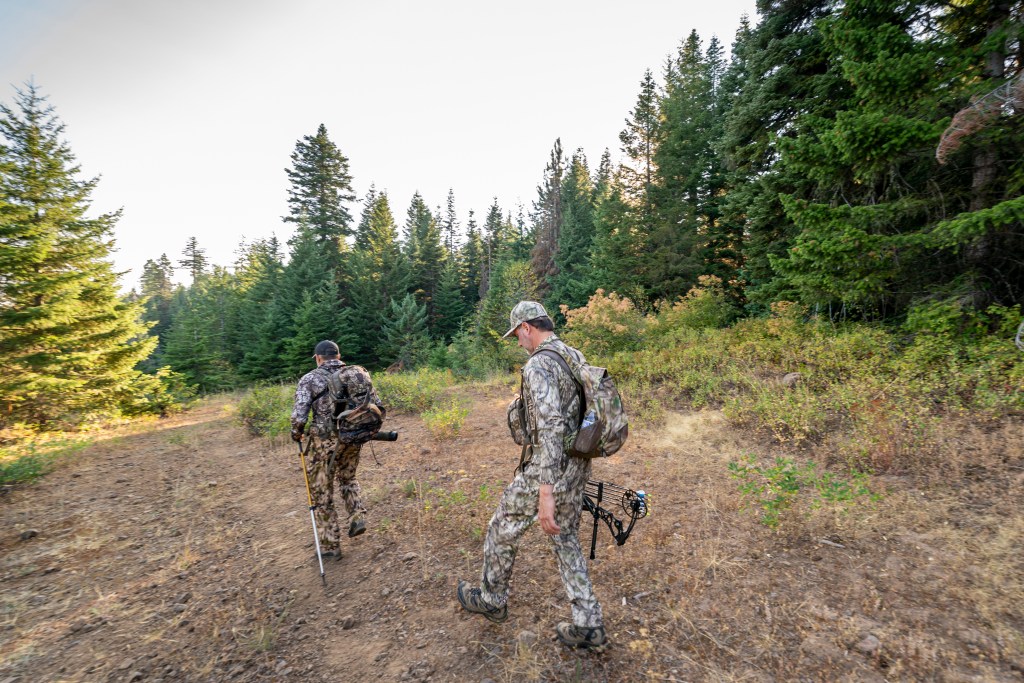
Getty Images, Fly View Productions
I have already expressed how dangerous your arrows can be in previous tips, but this point honestly deserves its own tip. You don't want to fall from a treestand with arrows—and they can be just as dangerous when you are on the ground.
Just this year, I was headed out to a treestand that is literally in my backyard. I had my bow strapped to my Badlands Superday Backpack, which is made to hold a bow or rifle. The morning dew made the wooden steps on the back porch a bit slick—and when I stepped on them like I do every day, I immediately slipped. My bow and quiver were on my back and my back was about to meet the stairs.
I got pretty lucky that an arrow didn't find its way into me or my backpack, but my quiver did come apart and my arrows were now loose on the ground. That kind of thing can ruin a hunt. I could have been hurt, but I also could have broken my arrows or bow—and my hunt would have been over before it ever started.
Plenty of other accidents can happen with your arrows—and not just while hunting but also while target shooting. We usually use loose arrows to target practice and leave our hunting quiver in the case. I have seen more than one hunter accidentally stab themselves with a field point, which is a bit sharper than most people give them credit for.
Avoid sticking arrows in your pocket, or in anything else that doesn't fully secure them. Personally, I leave my arrows on the ground and use one at a time. I only use two or so arrows max. You don't want to Robin Hood your arrows, and quality practice shots are much more important than quantity.
6. Consider Arrow Ricochets
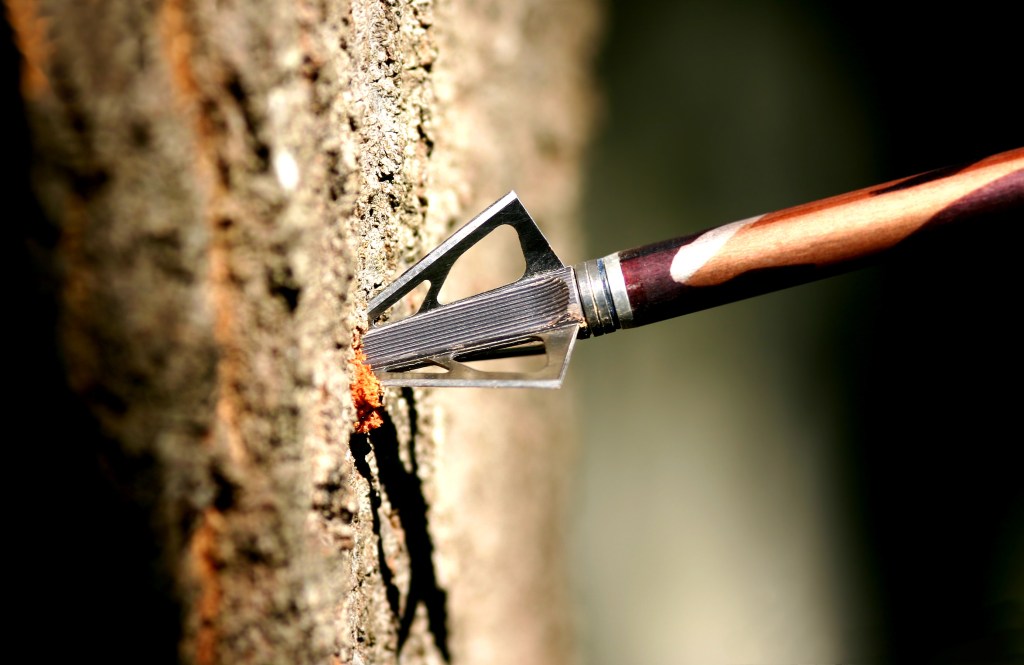
Getty Images, spxChrome
One thing that a lot of bowhunters may not fully realize is that arrows are every bit as dangerous as bullets. An arrow can go right through a deer, or any other animal, and keep on going. Usually, the only thing that stops an arrow is the ground. If that arrow doesn't stick in the ground, it can ricochet and go in a completely unexpected direction.
I have seen arrows go through deer and end up sticking in a tree 10 feet in the air. While it is rare, arrows can go a long way. Modern compound bows put a lot of power behind them and will go through plenty of brush—or sheetrock.
My point is that if you are using a bow because you are hunting in an urban environment, or close to your own home, don't think that a deer will stop your arrow. You should honestly use the exact same rules of safety with a bow that you do with a rifle. Always fire in a safe direction, know what is behind your target, and never point your bow at anything you are not willing to destroy.
7. Be Extra Careful Approaching Downed Game
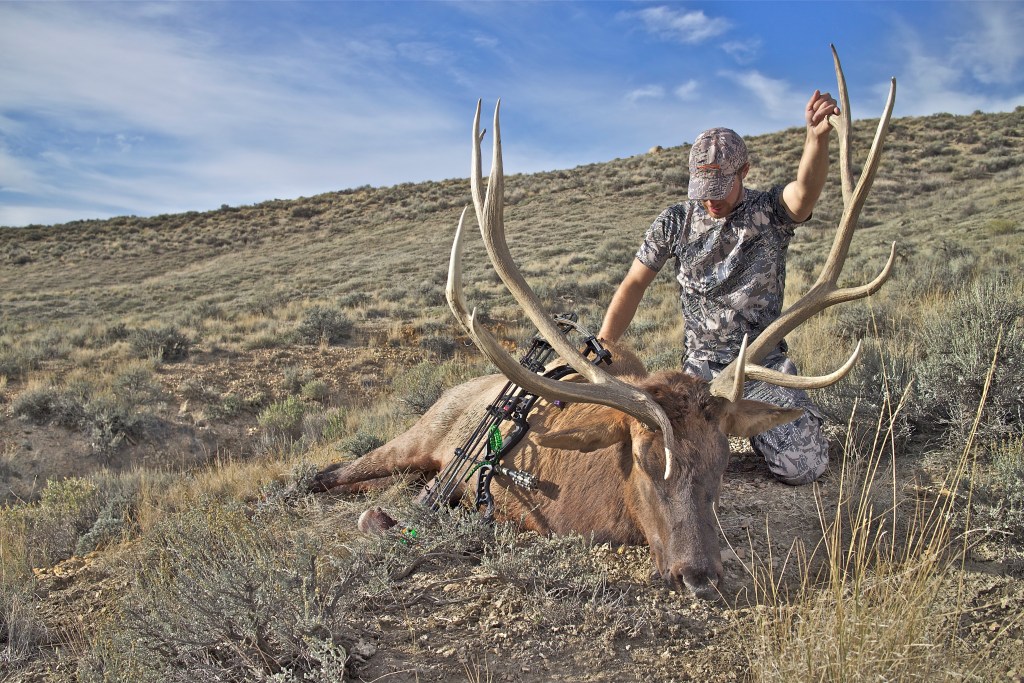
Getty Images, Rodneymac
Something that hunting TV shows never correctly portray is the approach to the downed game. Hosts likely check the animal before they start filming; but on television, hunters are always running up to a downed buck and grabbing its antlers with a big smile. What I just described is the most dangerous part of any whitetail hunt, bar none. With a rifle, you can make a quick and powerful finishing shot, but with a bow, it isn't nearly as easy. You need to be extra careful.
Always approach your downed animal from the rear, so they have a clear path to run away in the opposite direction. If you approach from the front, that angry buck is going to want to run through you. I have walked up on deer that don't appear to be moving but are very much alive.
On a hunt with my dad when I was younger, I shot a buck that fell within sight. I watched him not move for an hour. When I got down and Dad came over, we went to the buck, and even my dad (who taught me how important this is) was convinced this deer was dead. After he said, "Go ahead and grab it," I noticed the deer blink. I made a follow-up shot to seal his fate and protect my own.
Deer are smart, and they can be crafty, so you need to watch them and make sure they are dead before you grab them. With a bow, your follow-up shot will be effective but may not kill the deer instantly. If you are in a state or season that allows you to make a follow-up shot with a sidearm instead of your bow, that is what I would opt for. This isn't legal in some states, so check the rules and regulations.
